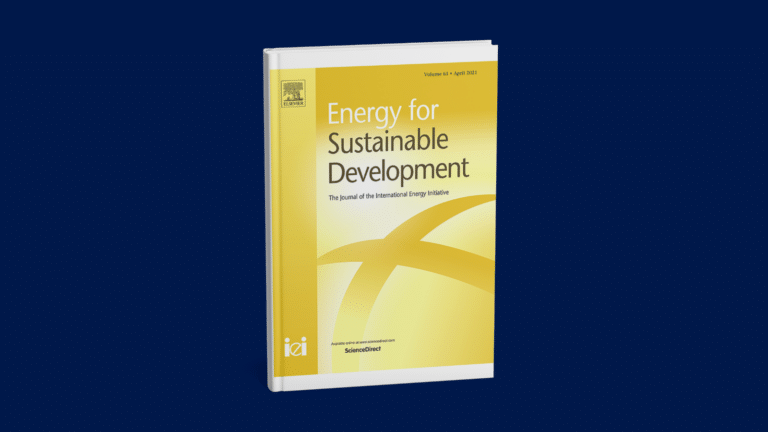Experts: What do Trump’s tariffs mean for global climate action?
The Trump administration has imposed tariffs on all imports from China, Mexico and Canada, as well as on steel, aluminium and cars from around the world
Current Access Level “I” – ID Only: CUID holders, alumni, and approved guests only
Reports by Philippe Benoit & Siyuan Ding • January 22, 2024
The authors would like to acknowledge the contributions of Alexandra Peek, formerly research associate at the Center on Global Energy Policy.
This report represents the research and views of the author. It does not necessarily represent the views of the Center on Global Energy Policy. The piece may be subject to further revision. Contributions to SIPA for the benefit of CGEP are general use gifts, which gives the Center discretion in how it allocates these funds. Rare cases of sponsored projects are clearly indicated.
For a full list of financial supporters of the Center on Global Energy Policy at Columbia University SIPA, please visit our website at Our Partners. See below a list of members that are currently in CGEP’s Visionary Annual Circle. This list is updated periodically.
Corporate Partnerships
Occidental Petroleum Corporation
Tellurian Inc
Foundations and Individual Donors
Anonymous
Anonymous
the bedari collective
Jay Bernstein
Breakthrough Energy LLC
Children’s Investment Fund Foundation (CIFF)
Arjun Murti
Ray Rothrock
Kimberly and Scott Sheffield
While tens of millions of people work in formal energy jobs around the world, another group that comprises a massive and key labor segment in this sector is often overlooked: women and girls producing biomass to meet the basic energy needs of millions of poorer households across the developing world. Some 2 billion people rely on biomass for cooking (and some for heating), making those who gather it critical players in the global energy supply system. Women and girls in many developing countries constitute the majority of people collecting fuelwood for household consumption—an often strenuous and time-consuming effort—and estimating their number could elevate the importance attached to improving their working and living conditions. While some initial estimates of this labor force have been made, analyses remain superficial.
This report, part of ongoing research into energy for development and gender dynamics at the Center on Global Energy Policy at Columbia University SIPA, attempts to improve this deficit, providing a systemic albeit rough estimation—given minimal available data—of the number of women household biomass producers. An analysis of clean cooking access rates, population figures, and average household sizes for both rural and urban areas in 92 developing countries estimates that 389 million women and girls undertake this work, which would represent the largest labor segment of today’s global energy system.
Additional findings from this report include the following:
The Just Energy Transition Partnership (JETP) framework[1] was designed to help accelerate the energy transition in emerging market and developing economies (EMDEs) while embedding socioeconomic[2] considerations into its planning and implementation.

President Donald Trump has made energy a clear focus for his second term in the White House. Having campaigned on an “America First” platform that highlighted domestic fossil-fuel growth, the reversal of climate policies and clean energy incentives advanced by the Biden administration, and substantial tariffs on key US trading partners, he declared an “energy emergency” on his first day in office.


Full report
Reports by Philippe Benoit & Siyuan Ding • January 22, 2024